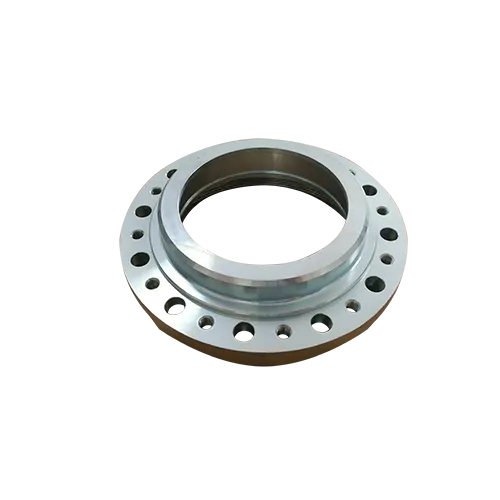Mobile:+86-311-808-126-83
Email:info@ydcastings.com
what is continuous casting
Understanding Continuous Casting in Metallurgy
Continuous casting is a pivotal process in metallurgical engineering, fundamental for producing a vast array of metal products used in various industries. This technique has revolutionized how metals are formed, offering significant advantages over traditional casting methods. In this article, we will delve into the intricacies of continuous casting, exploring its process, benefits, applications, and impact on the metal manufacturing landscape.
The Process of Continuous Casting
Continuous casting involves the transformation of molten metal into solid metal sections through a controlled process. The method begins with melting raw materials in a furnace. Once the metal reaches its desired temperature and consistency, it is poured into a mold designed to shape the metal into forms such as slabs, billets, or blooms. The unique aspect of continuous casting is that the molten metal is poured into the mold at a constant rate while being simultaneously cooled and solidified.
As the molten metal enters the mold, it begins to cool from the outer surface inward. Water-cooled copper molds aid in this rapid cooling process. Once the metal solidifies to a certain thickness, it is withdrawn continuously from the bottom of the mold. The solidified section is then cut into predetermined lengths, either using shearing or torch cutting tools. This continuous operation of pouring, cooling, and cutting results in a seamless flow of metal production that is efficient and cost-effective.
Advantages of Continuous Casting
The continuous casting technique offers numerous advantages over traditional batch casting methods. One of the primary benefits is material efficiency; continuous casting minimizes the scrap metal produced during the process. Since the metal is poured directly into the mold and continuously formed, there is less waste compared to traditional methods that often require considerable trimming and shaping afterward.
Additionally, continuous casting enhances the mechanical properties of metals. The controlled cooling and solidification process leads to a finer and more homogeneous grain structure. This uniformity translates to better strength and ductility of the finished products, making them more reliable for various applications.
what is continuous casting

Speed and efficiency are also key benefits. Continuous casting significantly increases production rates, allowing manufacturers to meet market demands more effectively. The process reduces cycle times, enabling rapid shifts between different metal types and products without extensive downtime.
Applications in Industry
Continuous casting has broad applications across several industries. It is predominantly used in the steelmaking industry to produce slabs and billets for further processing. These intermediate products serve as the foundation for an array of end products, including automotive parts, construction materials, and consumer goods.
In addition to steel, continuous casting is applied to non-ferrous metals like aluminum, copper, and lead. The versatility of this process enables manufacturers to create various shapes and sizes, catering to specific industry requirements. The lightweight and high-strength characteristics of continuously cast products make them particularly appealing in industries ranging from aerospace to electronics.
The Future of Continuous Casting
As industries continue to evolve, so too do the technologies surrounding continuous casting. Innovations in automation, improved cooling systems, and advanced materials science are pushing the boundaries of what is possible within this domain. The integration of smart technology and real-time monitoring systems promises to optimize the continuous casting process further, ensuring high quality and efficiency.
Moreover, the global focus on sustainability and reduced environmental impact is leading manufacturers to explore more energy-efficient and eco-friendly practices in continuous casting. The development of processes that minimize carbon emissions and energy consumption is poised to shape the future of metal production.
In conclusion, continuous casting stands as a cornerstone of modern metallurgy, enabling efficient, high-quality, and versatile metal production. Its influence extends across multiple sectors, underpinning the development of essential products that drive economies globally. As innovations continue to enhance this process, continuous casting will undoubtedly remain a key player in the future of manufacturing.
-
Understanding Metal Casting TechniquesNewsApr.02,2025
-
Understanding Exhaust Manifolds for Enhanced Engine PerformanceNewsApr.02,2025
-
The World of Metal FabricationNewsApr.02,2025
-
Key Components for Pump and Turbo EfficiencyNewsApr.02,2025
-
Essential Tools for Automotive Maintenance and RepairNewsApr.02,2025
-
Durable Valve Components for Effective Water ManagementNewsApr.02,2025











